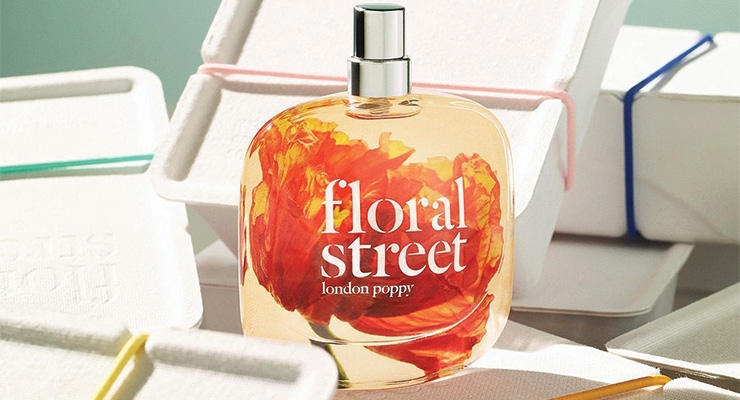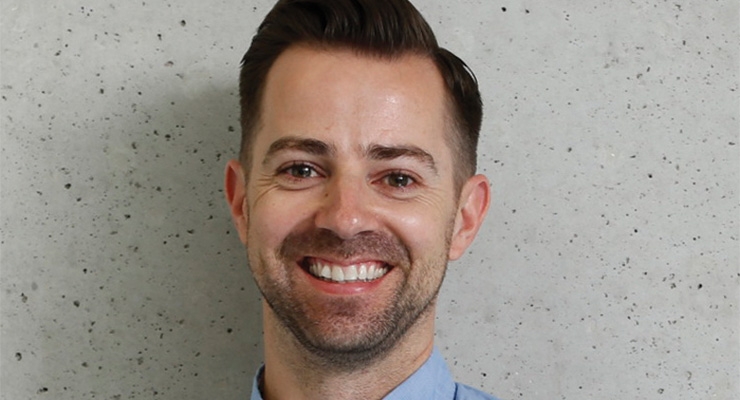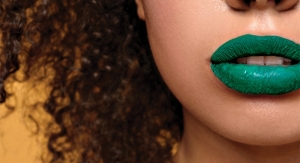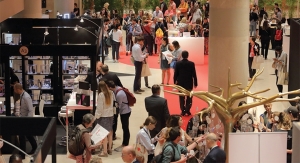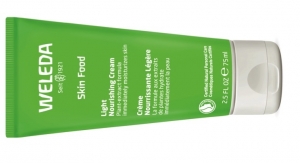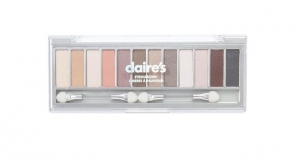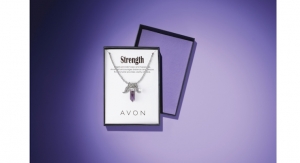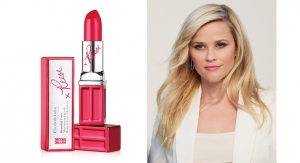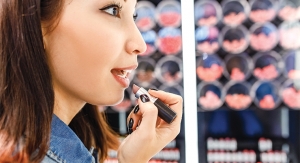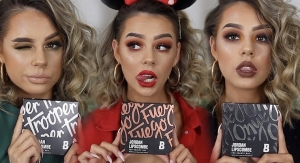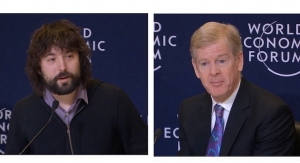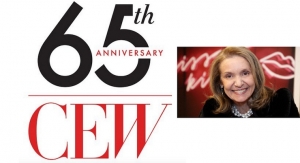Nick Vaus , Partner and creative director, at Free the Birds04.30.19
The simple fact is that the beauty industry—brand owners, formulators, designers, packaging manufacturers and retailers—has been slow to grasp some of its uglier impacts. The circular economy, ensuring that zero resources go to waste, simply hasn’t been front of mind.
No longer. Last year in the UK, BBC’s Blue Planet II heartbreakingly showed albatrosses feeding plastic waste to their chicks, spurring an unprecedented rejection of plastic. Research from grocer Waitrose found 88% of people who watched it changed their behavior as a result (50% of them “drastically”); its customer service team receiving an 800% increase in questions about plastic usage. All from a single TV episode.
Change is sweeping the food and drink industry first and it won’t stop there. But changing business as usual is incredibly, incredibly complicated.
Are bioplastics from plant feedstock the future? Are compostables the answer if people don’t have compost heaps and there aren’t industrial composting centers? How can consumers know how to recycle if every pack is different and each area has different waste facilities? Questions galore.
And the simple answer is: There is no one magic silver bullet to the beauty packaging problem. No one packaging material works in every situation to deliver on all facets of sustainability.
The UN has 17 different sustainable development goals some of which exist in tension. Sugar cane bioplastic, as used by beauty brands like BYBI and Bulldog, reduces fossil fuel usage, but can negatively impact food and water security and is still functionally a plastic. Using glass eliminates the problem of plastic waste, but has far higher greenhouse gas emissions in turn…
So what can we do with all this almost overwhelming complexity?
What is within our hands is to consciously act just a little more beautifully every time we make a decision on a new project, product or ingredient. We can all question our assumptions about how beauty brands need to look and behave.
Asking the question of gender balance at the next hiring round. Deciding to choose a sustainable, and traceable ingredient not just the cheapest one. Choosing to have a philanthropic commitment to communities in which the business works. Using the best-in-class (for now) packaging, while committing to continual improvement. Choosing to redefine what beauty can look like (see the ground-breaking paper cartons from James Cropper for luxury fragrance brand Floral Street). Or even having the bravery to tell consumers to use a little less product, a little less often…
Most importantly, all those little beautiful acts can be woven into a powerful brand story to appeal to those consumers crying out to not act ugly through their beauty consumption. Perhaps Terracycle’s new Loop system—in which beauty brands from the mass Pantene to the prestige REN are delivered to the door in durable, refillable containers, will upturn entirely how we buy consumables in the long-run. But what’s clear is daily disruption, not overnight perfection, is the name of the game. BP
About the Author
Nick Vaus is a partner and creative director, at Free the Birds, a London-based independent branding, design and communications agency. Now 21 years old, its clients include Coty, P&G, Bayer, Lindt and Nestlé.

